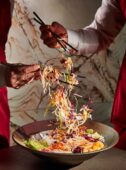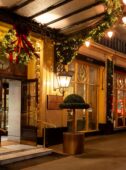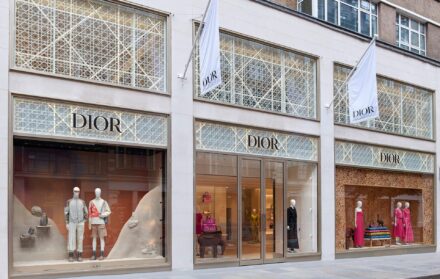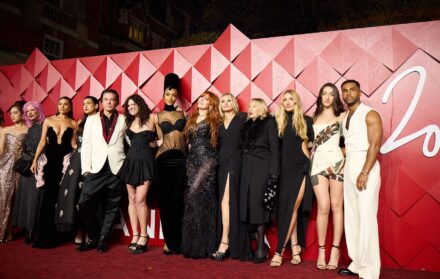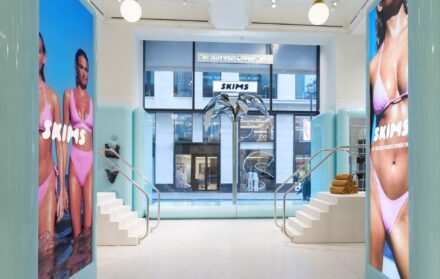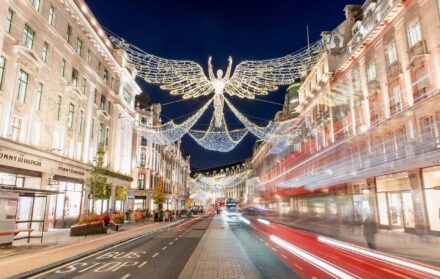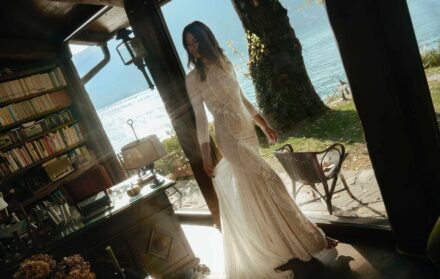
Afroditi Krassa on designing London’s Lucky Cat restaurant for Gordon Ramsay
The first female designer to be employed by renowned innovation studio Seymourpowell, Britain’s Afroditi Krassa subsequently provided the interior vision for Itsu, Dishoom, Heston Blumenthal’s first airport restaurant The Perfectionists’ Café and Gordon Ramsay’s latest venue,
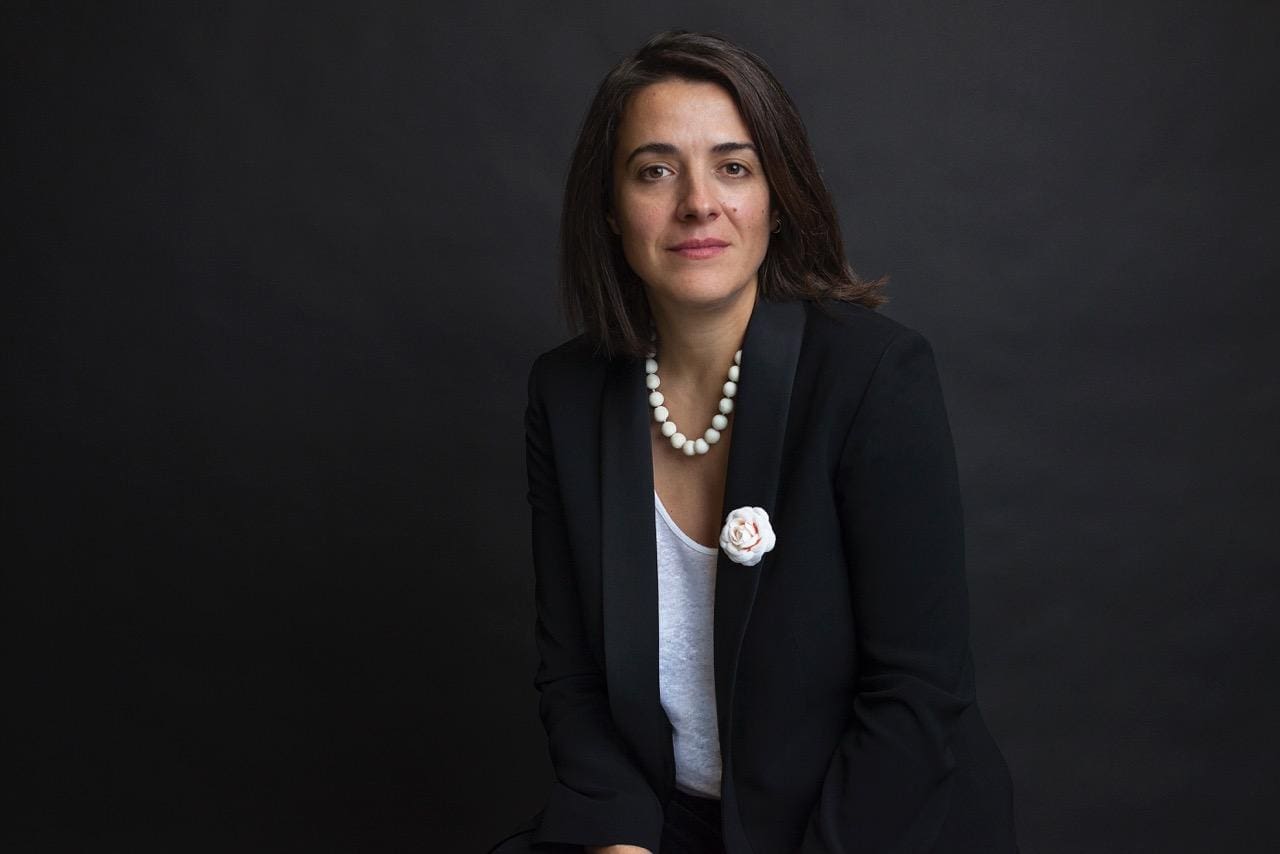
“It’s effectively bullshit.” Afroditi Krassa, one of London’s hottest interior designers, is having no truck with the idea of restaurants showcasing a designer’s ‘signature style’. “You should be creating something that is, every time, bespoke and fresh.”
Despite her strenuous condemnations, it may be that her latest big project becomes her own so-called signature in the minds of the less enlightened. Gordon Ramsay’s Lucky Cat – the irascible chef’s first London opening since 2014 – is perhaps her highest-profile opening to date. When some critics (click here for our review) began to quibble over Ramsay’s broad-brush ‘vibrant Asian eating house’ concept, one sensed a quelling of the social media squall as the first renderings of Krassa’s glamorous Tokyo-inspired interior appeared online.
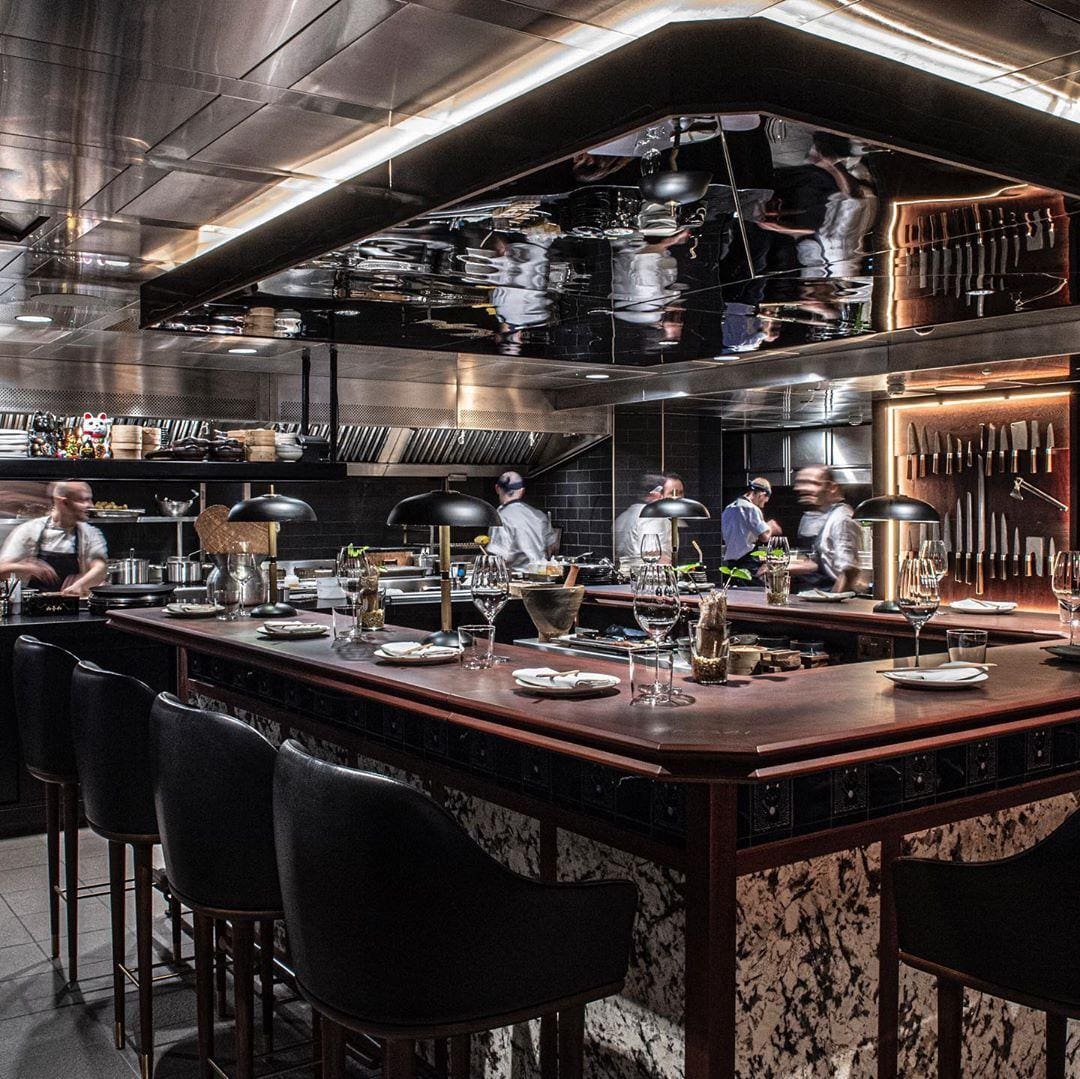
But this is hardly Krassa’s first rodeo. She’s had to wrangle with Heathrow restrictions for Heston Blumenthal; she’s taken on the iconic Curzon Victoria redesign; and she caused a citywide intake of breath with her stunning, cliché-shattering interior for Indian restaurant, Dishoom. Krassa, it’s becoming clear, is no ordinary designer of restaurant interiors. Her MO, in block capitals on the About page of her website, reads: ‘I want to turn spaces into three-dimensional stories infused with meaning, innovation and timeless value.’
It’s a philosophy that seems out of time in our rapid-fire, surface-obsessed culture, but Krassa isn’t one to run with the crowd, and celebrates individuals she dubs ‘salmons’ on her blog for “challenging the status quo within the hospitality industry”. After a childhood split between her native Greece and her London birthplace, she eventually settled for good in the city that she describes as “the best place to be”. As a punk and goth-obsessed teen, she recalls seeing the punks on the King’s Road in the 80s and thinking this was something you wouldn’t see anywhere else in the world. “Once I settled in, I never wanted to go back, or go anywhere else.”
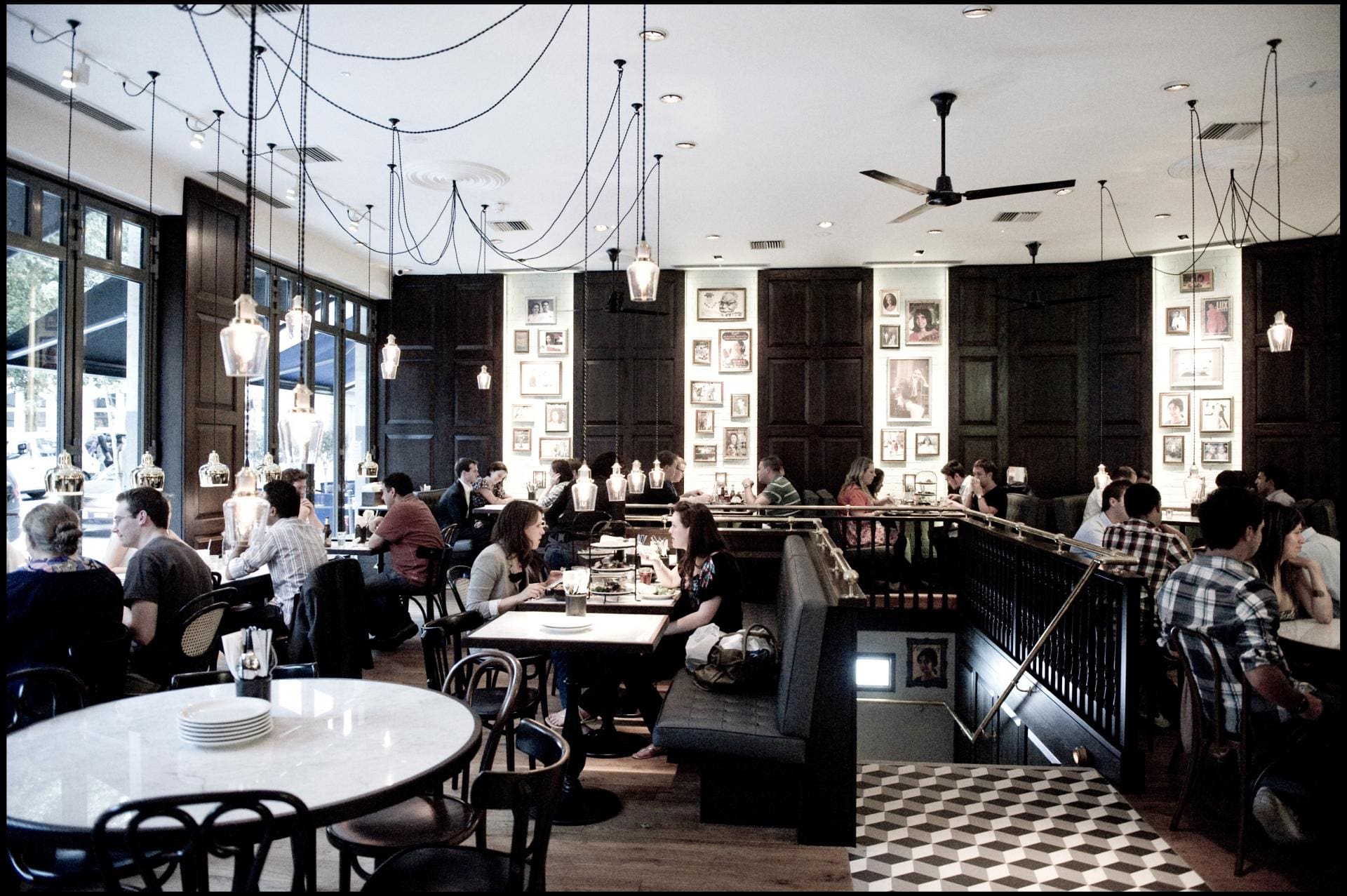
After graduating from Central Saint Martins college of art with a degree in product design, she did a rather punk thing by becoming the first female employee at Seymourpowell – then the largest industrial design agency in Europe. She recalls it being “very weird” only in hindsight, which hints at the confidence and self-possession of the young graduate, qualities that no doubt convinced Seymourpowell HR that it was time to let their hair down.
She departed after three years and, after first acquiring a master’s degree with a specialism in furniture, set up her own studio. Her breakthrough moment came when she teamed up with Pret a Manger entrepreneur Julian Metcalfe. At the time, Krassa had a habit, every Friday, of hand-writing a letter to people she admired. After penning a letter to Metcalfe, he called her into his office. Several meetings later, he dropped a bombshell: he invited Krassa to join him in designing what would become the Itsu sushi chain.
“I told him that I would absolutely love to do this,” Krassa recalls, “but I’m a trained product designer. I know how to design planes, cars, furniture, electronics. I’ve never designed a space, brand or anything to do with food.”
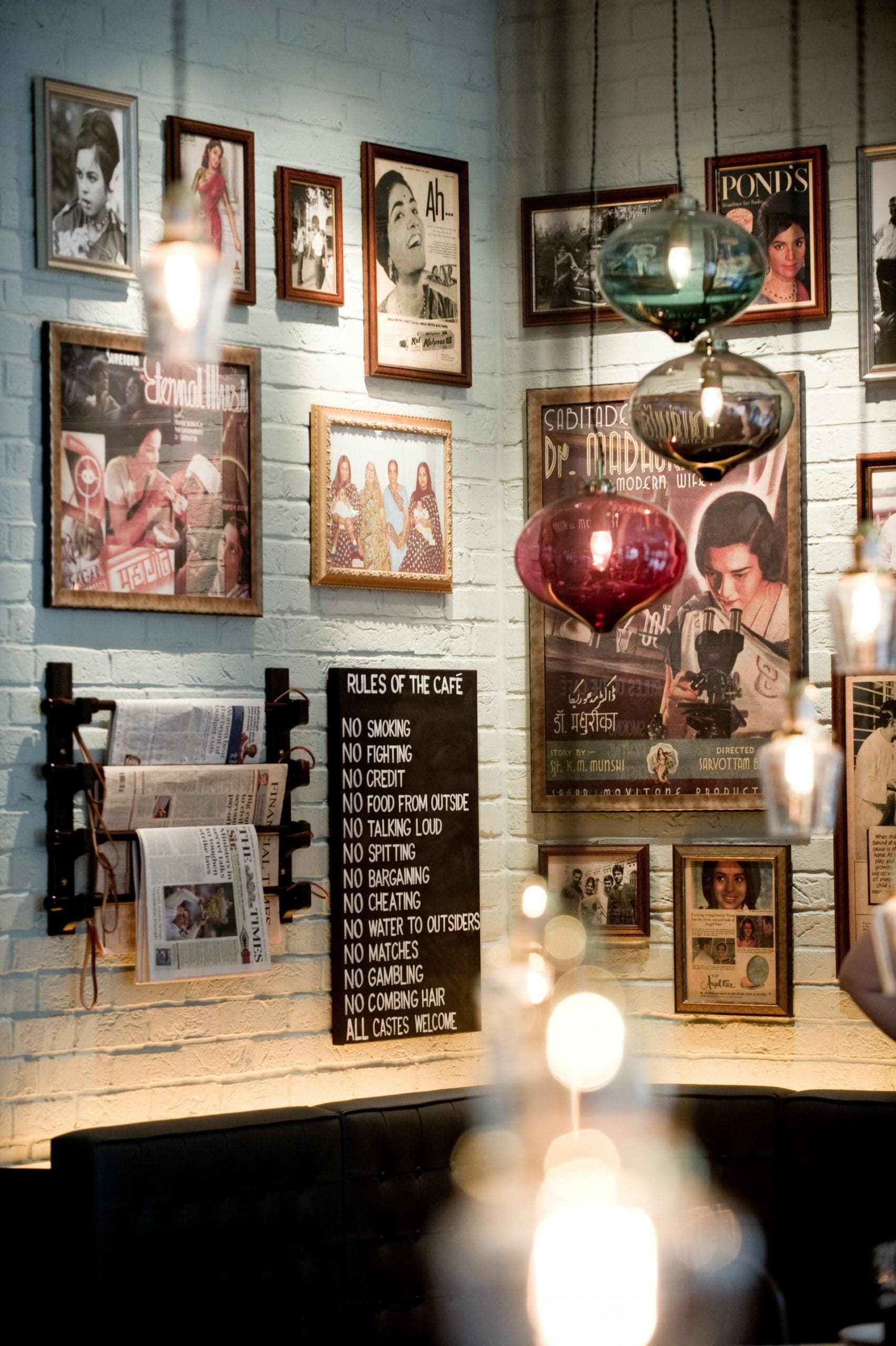
Metcalfe brushed aside her protestations. He gave her a small site on Hanover Square and eight weeks to prove herself. When Itsu’s conveyor belts finally fired up, the opening became a phenomenal success for Metcalfe and Krassa.
“There’d been nothing like it,” Krassa says. “I remember Property Weekly wrote at the time: ‘an average spend for a Londoner for lunch is £1.20. Asking them to spend £5 on cold fish… it will never become a mass chain’.”
Afterwards, Metcalfe kept Krassa on to help with Itsu’s roll-out. Krassa describes the experience as stumbling upon her true calling. Restaurant design, she says, “combined my product designer’s understanding of differentiation when bringing new concepts to the market with my fascination of trying to understand consumers and people. When you open a space, you see immediately how consumers react – it’s something you don’t get in other design disciplines. I thought: ‘I don’t want to be doing anything else’.”
If London’s restaurant scene in 2004 was dynamic, it’s turbo-charged today. With Ramsay’s Lucky Cat opening in the same premises as his former restaurant Maze – following losses of £3.8m in 2018 – the eyes of the restaurant industry were trained on the Scottish super-chef, waiting to see what he would do next. Knowing that only a roaring success would do, Ramsay turned to Krassa. With Dishoom, the interior designer had proved her ability to think outside the box. She took a brief to create an Indian Wagamama and stripped out all the hackneyed maximalism of the British curry house, presenting London with a vision in monochrome.
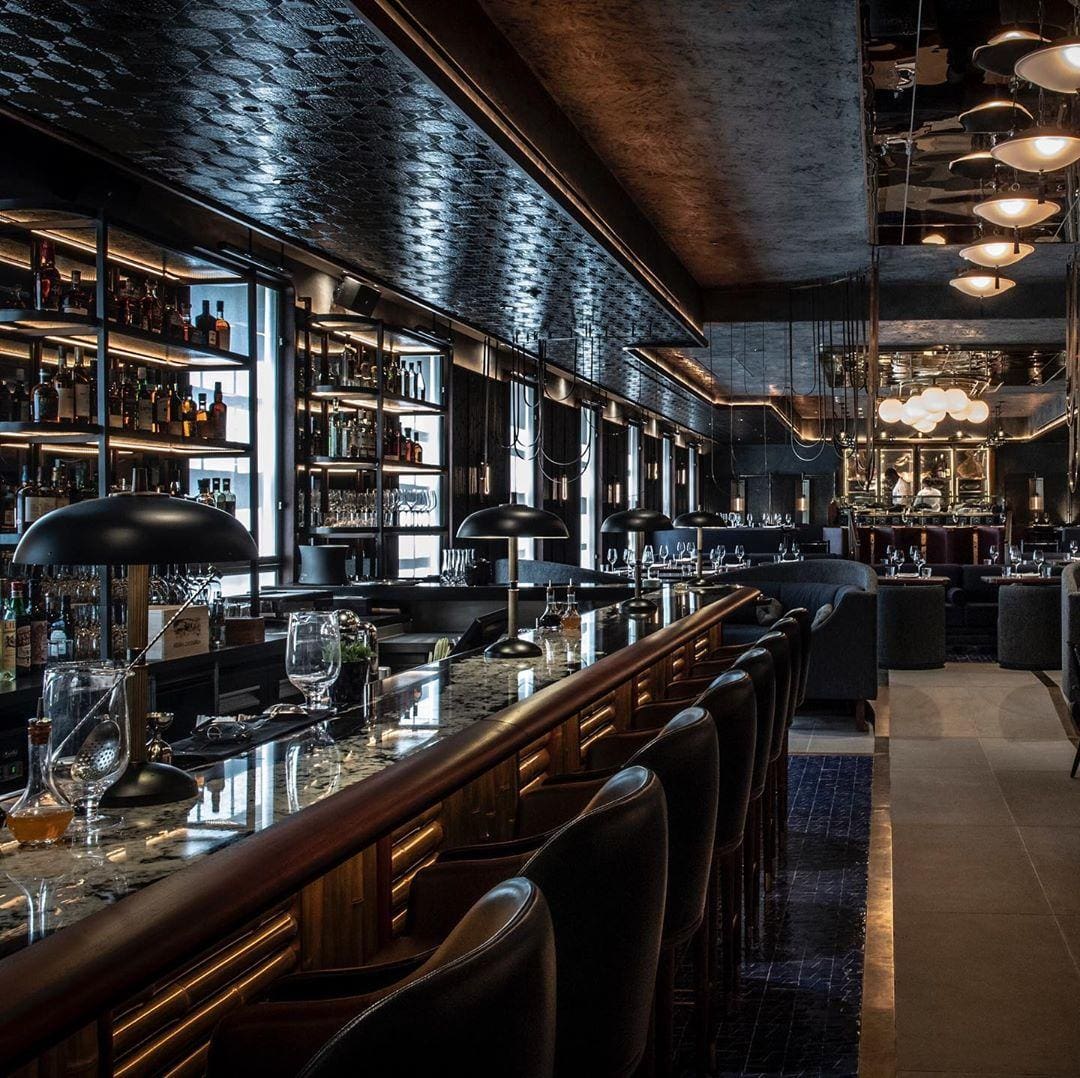
“If you look at a lot of restaurants from the 80s and 90s,” she says, “they were nice spaces, but there was nothing about what they were; unless it was done in a clichéd way, like your clichéd Italian.”
Dishoom reflected her appreciation of a perspective on Pink Floyd’s music – how the secret is “not what they added but what they took out”. With Lucky Cat, it’s been more about the putting in – tasting the food at the outset and constructing a layered narrative around what she found on the plate. Her interiors have been described as being based on ‘reflections, shades, layers and superimpositions’ (she laughs as this is put to her, describing the summary as “more poetic than I would have put it”) but this description works both on a material and narrative level. With Lucky Cat, she’s layering a niche period in Japanese restaurant history upon present-day London, conjuring up the outlaw vibe of the kissa cafes of 1930s Osaka and Tokyo, where the monied youth of the post-war era locked themselves in for all-night parties, eating, drinking and partying to the strains of illegal jazz.

That’s what Ramsay wants to bring to Grosvenor Square. For almost 18 months of development, Krassa has been alongside him, advising on how to align uniforms, menus, music, the smell of the restaurant, even food presentation. Wait, she advised him on how to prepare food?
“When I’m working with someone like Gordon Ramsay I’m not going to tell them how to prepare food!” she laughs. “But we would sit with his team and say, ‘Look at the overall story that we’re trying to create – how do we make the food really fit?’”
That Krassa has excellent people skills is clear. Ramsay, somewhat disappointingly, didn’t throw kitchen knives at her, and impressed her with his ability to give all his focus during their meetings, which often lasted three hours.
Not all celebrity chefs are cut from the same cloth, of course. Working with Heston Blumenthal on The Perfectionists’ Café in Heathrow, she had to somehow meld his blue-sky approach with the prosaic confines of Terminal Two. Blumenthal would turn up to meetings with gadgets and foaming cocktails and Krassa would tactfully remind him that no-one is allowed to bring liquid nitrogen into an airport. But somehow, despite no airport in the world allowing live flame cooking indoors, Krassa managed to get a wood-fired pizza oven – and the liquid nitrogen – into Heathrow. “People forget that design is not just making something that looks beautiful – you have to create something that works beautifully as well,” she says. “You won’t find a better pizza in any airport in the world as it’s the only one with a proper burning pizza oven.”
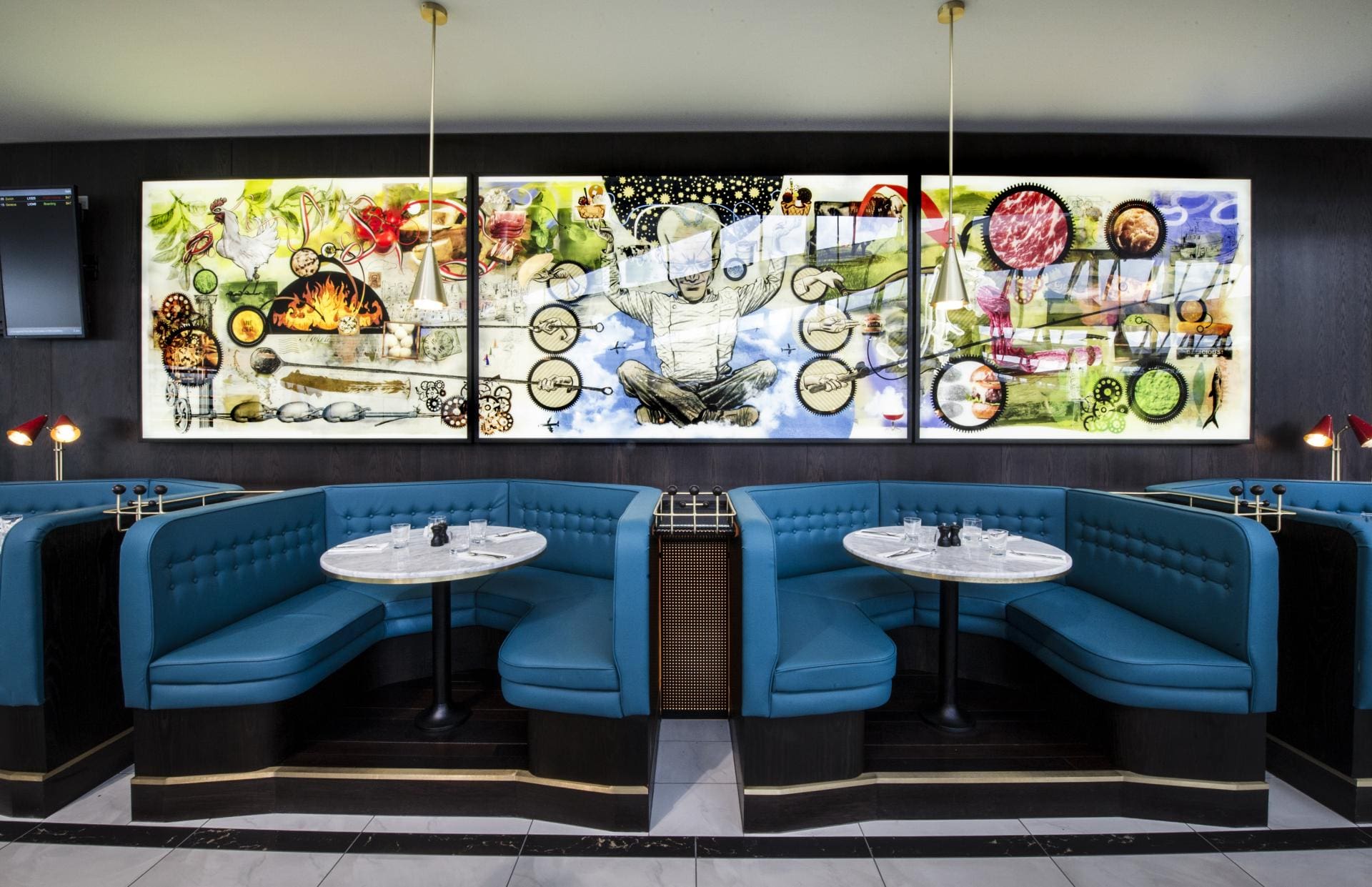
As for Krassa, her favourite places to eat in London are small, often family-run restaurants. “One of my favourites is a Greek restaurant in Maida Vale called Tsiakkos – if you passed it you might not even think it was open, it looks almost derelict.” Her least favourite places are those designed for the Instagram-age: marketing-led spaces good for an initial burst of social media interest but ultimately cold and disengaged. If Krassa has a signature anything, it’s a signature ambiance. “We’re trying to create atmospheric spaces that make you feel at ease. Making people feel relaxed as they go out for dinner is the biggest gift you’re given as a designer. These are places where people go to have a great time, to make great memories.”
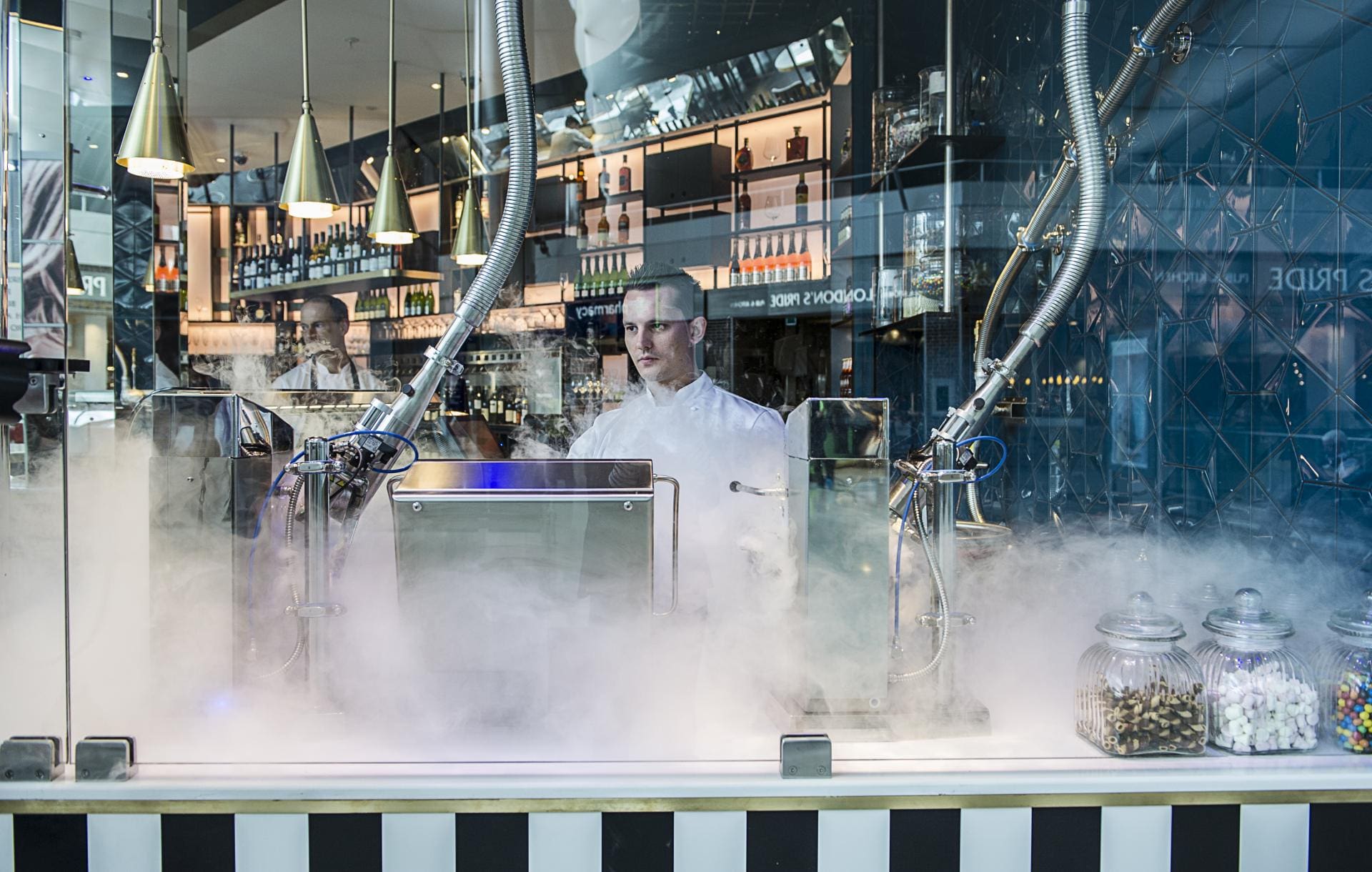
To illustrate her point, she quotes Marco Pierre White as having said: “‘Restaurants are the most romantic places. If you’re on first date, you’ll probably go to a restaurant. If you’re going to propose, you’d usually go to a restaurant. If you’re having your wedding, you’d probably celebrate in some dining or restaurant environment. And if you’re having an extra-marital affair, you’d probably conduct that in a restaurant too’.”
Despite its cynical twist, her point – perhaps unsurprisingly for someone named Afroditi – is that what London’s restaurant scene needs is a little more magic. Who’d have thought that stuffy old romance could become punk?
